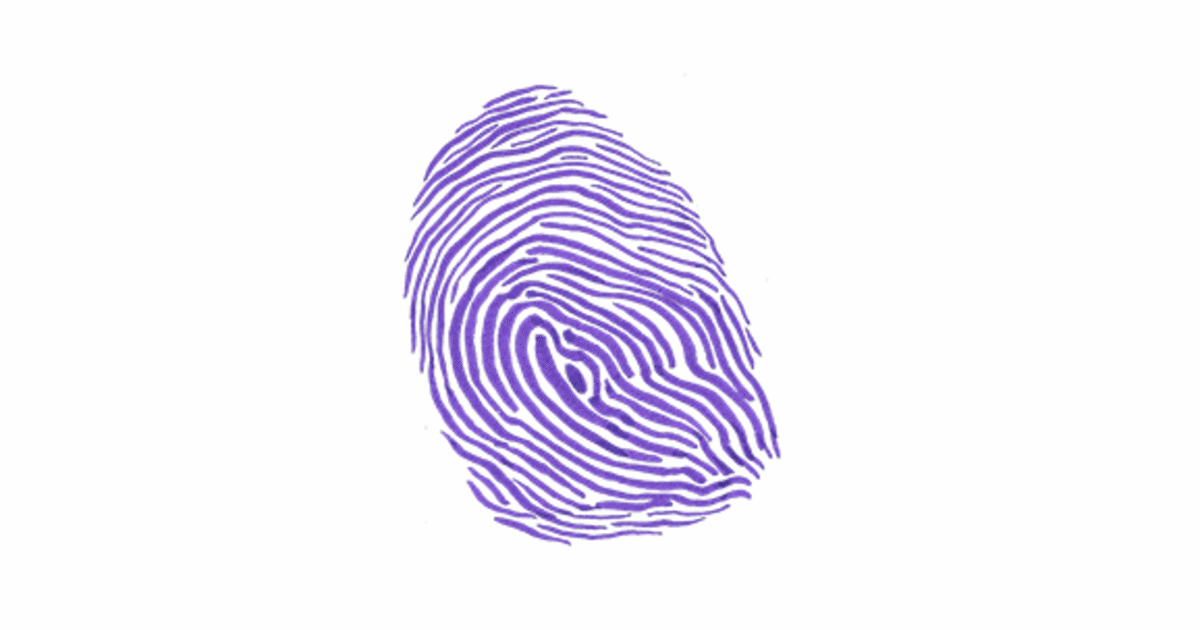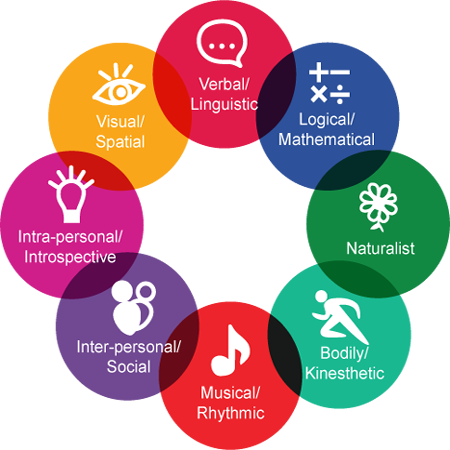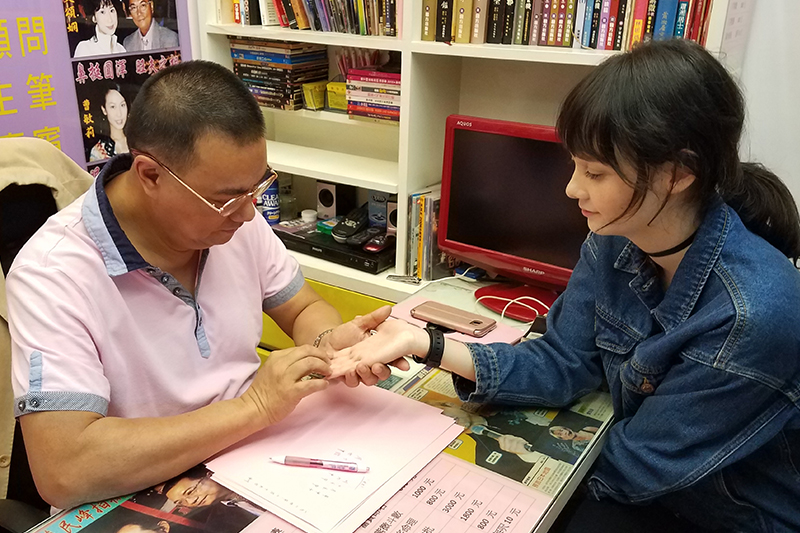Let’s have a look at the frequently asked questions on the Dermatoglyphics Multiple Intelligence Test (DMIT).
1. What is DMIT?
Dermatoglyphics is derived from ancient Greek where Derma means “skin” and Glyph means “carving”. It is a science that is devoted to studying the patterns on the skin (fingers, toes, and palms) commonly known as fingerprints. DMIT is a biometric test that is used to study the relation between these skin patterns (frictional ridges) and the areas of the brain. DMIT claims to be a measure of the intelligence and inborn potential of humans through the method of analyzing their fingerprints. They believe that personality, intelligence, and innate abilities are formed when the fetus is in the womb, and thus, there lies a close relationship between the brain and fingerprints.

2. How are fingerprints formed?
Fingerprints are the unique identification of every individual. No two people, not even identical twins, can ever have the same pattern of fingerprints. Research studies are still working to understand the usage of fingerprints by humans. Fingerprints are formed by a combination of genetic and environmental factors. Several genes are responsible for determining the size, shape, and spacing of the pattern whereas, the unique identification comes from the placement of the fetus in the womb and chemical changes taking place during the development. They are formed when the pressure is exerted onto the fetus when the fetus is in the womb of his/her mother.

3. Can fingerprint be used to determine the career?
Research reveals that fingerprints are formed by the combination of genes and chemical reactions taking place in the womb and to determine a career one should always consider various aspects such as intelligence, aptitude, interest, and personality. These aspects are determined by both genetic and environmental factors (Nature vs. Nurture). Thus, an informed decision should always be based on the understanding of genetic and environmental factors.
4. Should I go for DMIT or Psychometric tests?
Psychometric tests are standardized tests, which means that they are valid and reliable sources based on the norms. They assess both internal as well as external factors before generating the results. Whereas, DMIT assesses only the internal factors as it works on analyzing the fingerprints. Thus, genes should not be considered the sole determining factor.
Secondly, the concept of brain plasticity is totally denied in DMIT which states that the brain has the ability to learn new things and the ability to develop. As plasticity of the brain is a scientific concept and we know that fingerprints are formed in the womb then it is evident that no such relation between the brain and fingerprints.

Thirdly, DMIT is developed on Gardner’s Theory of Multiple Intelligence, which talks about 8 types of different intelligence such as (linguistic, spatial, musical, interpersonal, etc.) but there is no empirical evidence for the same as he has defined intelligence as a very broad term and has taken personality, aptitude under the category of intelligence.
5. Why China banned palm reading assessment for toddlers?
Palm reading has been deep-rooted in the culture of China, acquiring prominence because of the particular policies adopted by the Chinese government as well. When the government launched the one-child policy, there was an inordinate amount of pressure and ambition placed on the child, whose parents wanted to be successful and realize all their dreams in one swoop. This made these desperate parents reach out to palm readers, who were expected to be able to predict their child’s intelligence and aptitude. This tradition was practiced for a long time and parents used to take their child older than 3 months to get their assessments done.

It was only in the year 2012 that the Government of China held a ban against those who conducted these assessments at Kindergarten. Reports indicate that researchers have denied any legitimacy in the idea of palm-reading and have called it pseudoscience whose results can be misleading to the individual.
6. What is the concept of palm-reading assessment?
Palm- reading also known as palmistry is considered the most fundamental technique that is used within the Chinese culture to predict the future and personalities of the person by analyzing the lines on the palms of the person. Palmistry can be traced as a 3,000 years old tradition. Palmistry came into existence when people were unable to recall their birth dates because of which they could not rely on their horoscopes. Palm readers analyzed the lines on the palms and studied the characteristics of arms, fingers, and fingernails.
The General Rule They Followed In Palmistry Was:
- Primary Reading- To understand the family and the heritage.
- Secondary Reading- To understand the career, relation, and social status.

FOR MALES: The readers consider the left hand for primary reading and right for secondary reading till the age of 30 and vice-versa after 30 years of age.
FOR FEMALES: The readers use the Right hand for primary reading and left for secondary reading till the age of 30 and vice-versa after 30 years of age.
Career Line:
The career line or the fate line is the vertical line that runs in the middle of the palm.
The Broken line indicates job change or instability in a job.
Two lines together indicate that person may change the career.
The Change In Trend:
An article in “South China Morning Post” revealed that earlier people of older age used to visit these palm readers or fortunetellers to predict their future but now the trends seemed to have changed, as most of the people who visit the fortuneteller are college students and the younger generation as they are curious to find instant answers to their problems. The other reason that could be considered is the belief and the value system the younger generation holds from their parents and older family members. Their belief in this seemingly superstitious practice leads the young generation, who wants readymade solutions without going through the difficult process of trying and failing before finding their paths, to try and center their entire story around the information that has been given to them by the palm reader or the fortune teller.

Prediction Gone Wrong:
Another article stated that the prediction made by the fortuneteller about a lady’s death went wrong and this wrong prediction made the lady suffer both physically and mentally.
Thus, it should be understood that this kind of unreliable prediction can cause severe suffering in the individual and does not allow the person to explore their own selves and their potentials.
The several negative consequences of this belief following which parents imposed certain decisions on their young children as well as young adults tried to find direction in their lives away from legitimate introspection caused the Chinese government to ban the practice of palmistry in 2012. The practice was carried out on very young children as young as kindergarteners to determine their future, giving their lives a certain pre-decided shape and taking power from the people actually at the center of all this, that is the kids, to make their own decisions based on their life experiences.
7. DMIT
Dermatoglyphics is derived from ancient Greek where Derma means “skin” and Glyph means “carving”. It is the scientific study of ridged patterns on fingers, toes, soles, and palms. These patterns or ridges are formed when the fetus is in the womb during 13-19 weeks. These ridges on the skin are found to be formed by a combination of genetic as well as environmental factors (chemical reaction, pressure). Dermatoglyphics was invented by Dr. Harold Cummins and was combined with the theory of Multiple Intelligence by Dr. Howard Gardner. The theory of Multiple Intelligence talks about 8 different types of intelligence:
- Linguistic intelligence (“word smart”)
- Logical-mathematical intelligence (“number/reasoning smart”)
- Spatial intelligence (“picture smart”)
- Bodily-Kinesthetic intelligence (“body smart”)
- Musical intelligence (“music smart”)
- Interpersonal intelligence (“people smart”)
- Intrapersonal intelligence (“self smart”)
- Naturalist intelligence (“nature smart”)

DMIT claims to measure the Multiple Intelligence, the personality, and inborn potential of the individual. But, researchers have claimed that there is no empirical evidence for the theory as he has defined intelligence as a very broad term and has taken personality, aptitude under the category of intelligence.
DMIT can be used in various age groups such as from age of 3 years to 25 years and above. DMIT supporters claim that it is used in schools, corporates, career counseling, and teacher training.
Procedure for DMIT:
- The fingerprints are collected from the fingers of the person.
- The results of ridges are then manually counted and a detailed analysis is done with the help of software.
- Based on the data collected, a report is formed. The report is interpreted by the experts and is explained to the person/ parents.
Dermatoglyphic experts say,
- thumbprint tells about action and execution;
- index finger logic and creativity;
- middle finger limb motor ability and art appreciation;
- ring finger power of voice recognition;
- little finger text image discerning.
What DMIT Reveals:
DMIT supporters claim that DMIT helps an individual to understand
- Their preferred learning style.
- Their inner potential.
- Their communication style.
- Their psychological abilities.
- Distribution of their various abilities.






